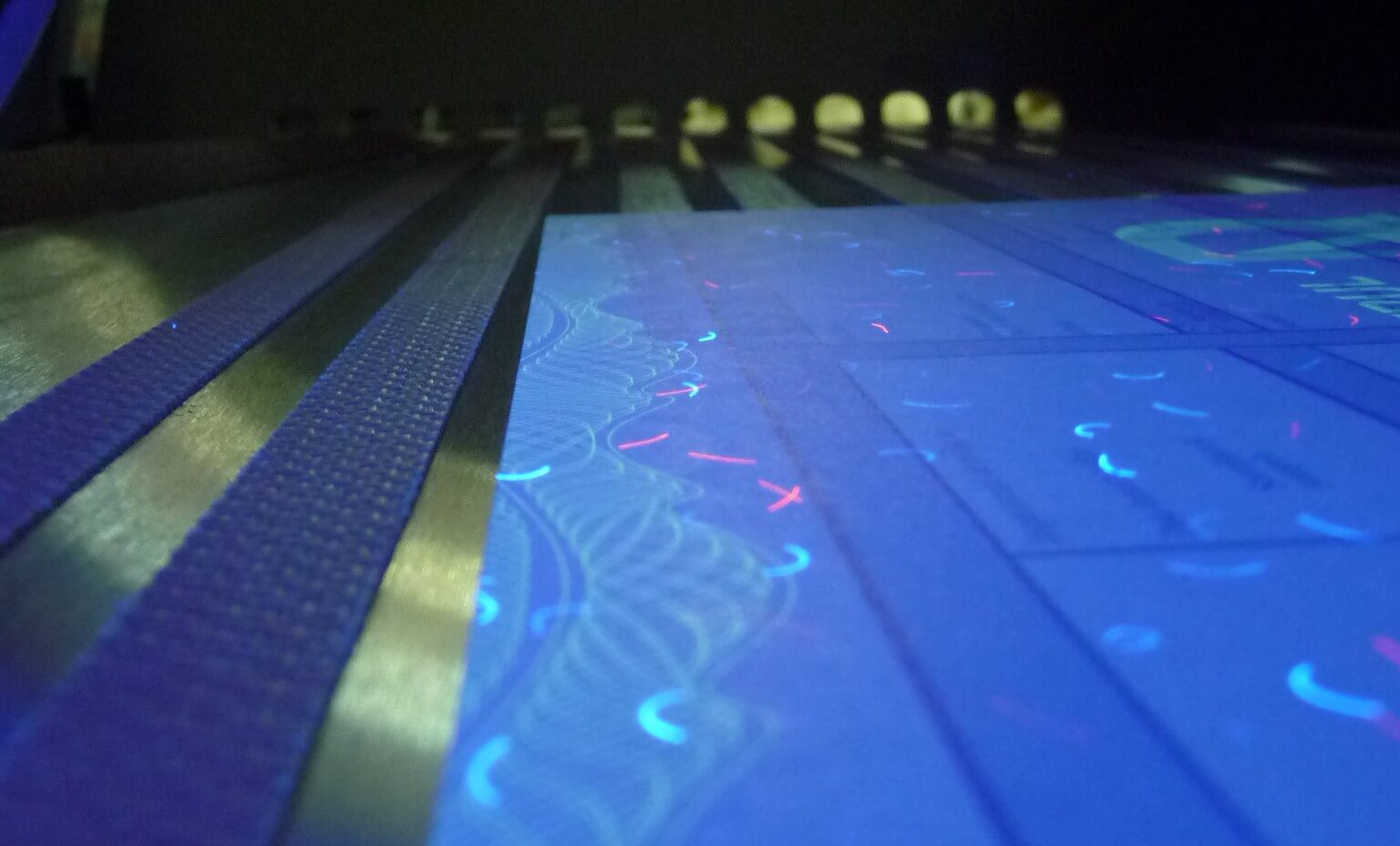In today’s competitive business world, making a lasting impression is crucial. One of the most effective ways to do this is through a well-designed business card. Among the various printing techniques available, offset printing for business cards stands out due to its quality and cost-effectiveness. This article explores the intricacies of offset printing and why it might be the ideal choice for your business cards.

What is Offset Printing?
Offset printing is a popular printing technique where the inked image is transferred (or ‘offset’) from a plate to a rubber blanket, and then onto the printing surface, usually paper. This method is commonly used for mass production of high-quality prints.
Benefits of Offset Printing for Business Cards
There are several advantages to using offset printing for business cards:
High-Quality Prints
Offset printing produces sharp and clean images and text. The process allows for greater control over color, resulting in vibrant and accurate reproductions.
Cost-Effective for Large Volumes
While the initial setup cost can be higher than digital printing, offset printing becomes more cost-effective with larger print runs, making it ideal for businesses needing a large quantity of business cards. For a detailed understanding of setup costs, you can refer to our article on setup costs.
Versatility in Printing Surfaces
Offset printing can be used on a variety of surfaces, including textured and non-paper materials, offering greater flexibility in design.
Offset vs. Digital Printing
When considering printing techniques, it’s essential to compare offset printing for business cards with digital printing. Each method has its pros and cons, and the best choice depends on your specific needs. For more insights, visit this article.
The Process of Offset Printing
Understanding the offset printing process helps in appreciating its benefits:
Pre-Press Process
This involves creating plates that will be used to transfer the image onto the printing surface. The plates are usually made of metal and require careful preparation.
Printing
Once the plates are ready, the printing process begins. The inked image is transferred from the plate to a rubber blanket and then to the paper.
Post-Press Process
This involves finishing touches such as cutting, folding, and binding, ensuring the final product meets the desired specification.
Choosing the Right Paper for Business Cards
The choice of paper greatly affects the quality and feel of the business card. Offset printing allows for a wide range of paper options, from thick cardstock to unique textured papers.
Environmental Considerations
Offset printing is generally considered more environmentally friendly than other methods, as it often uses soy or vegetable-based inks and recyclable materials.
Common Challenges and Solutions
Although offset printing offers numerous advantages, it can also present challenges such as color variation and setup costs. Solutions include careful monitoring and working with experienced professionals.
Real-Life Applications
Many businesses rely on offset printing for their business cards due to its professional finish and cost efficiency. It is widely used in various industries, from small startups to large corporations.
The Future of Offset Printing
As technology advances, offset printing continues to evolve, offering even greater quality and efficiency. Innovations in ink and plate technology promise to enhance the offset printing process further.
Conclusion
In conclusion, offset printing for business cards is a reliable and effective method for producing high-quality business cards. Its advantages in terms of print quality, cost-effectiveness, and versatility make it a preferred choice for many businesses. For more information on related printing services, explore our insights on newsletter printing and magazine printing.

FAQs
What are the main advantages of offset printing?
Offset printing offers high-quality prints, cost-effectiveness for large volumes, and versatility in printing surfaces.
Is offset printing environmentally friendly?
Yes, it often uses eco-friendly inks and recyclable materials, making it a sustainable choice.
How does offset printing compare to digital printing?
Offset printing is typically more cost-effective for large runs and offers superior print quality, while digital printing is better for short runs and quicker turnaround times.
This article contains affiliate links. We may earn a commission at no extra cost to you.







